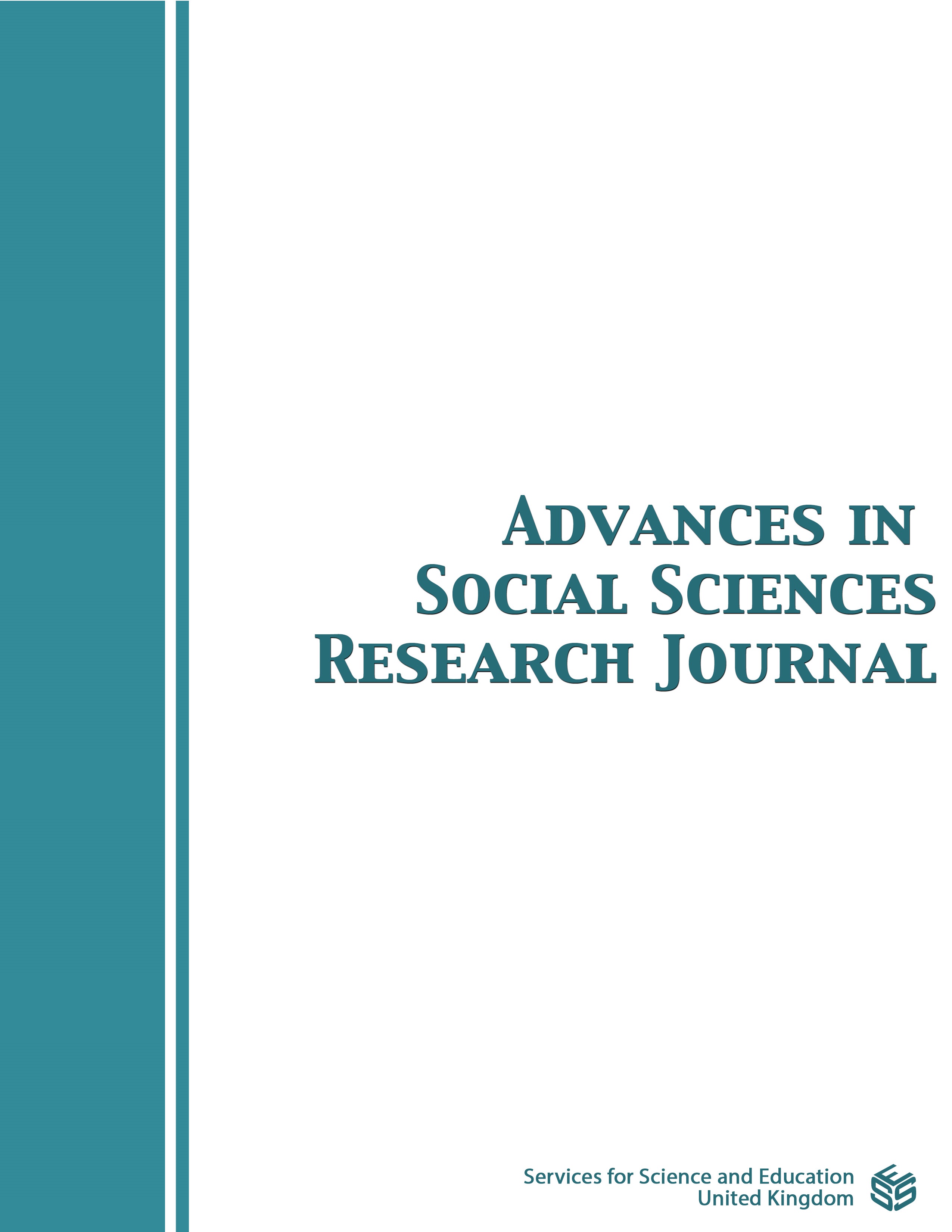Comparative Analysis of the "H"-shaped Symbol from Göbekli Tepe and the Ritual "Binocular-shaped" Ceramics of the Trypillia Culture in Light of Ancient Farmers' Cosmological Beliefs
DOI:
https://doi.org/10.14738/assrj.119.17610Keywords:
Göbekli Tepe, Trypillia culture, trypillia «binocular», prehistoric religion, prehistoric symbolsAbstract
This article is dedicated to a comprehensive analysis and interpretation of the sacred "H"-shaped symbolism, which originates from the ancient temple complex of hunter-gatherers and early farmers of the Near East – Göbekli Tepe. The research identifies and analyzes a similar symbol found in the religious complex of ancient farmers in the territory of modern Ukraine, specifically in the Trypillia culture and its ceramic artifacts known as "Trypillia binoculars." A comparative analysis of these symbols is conducted within the context of the cosmological beliefs of early farming societies in Asia and Europe. Special attention is given to interpreting this symbolism as a reflection of complex religious and philosophical concepts related to the cyclicality of nature, the movement of celestial bodies, and the unity of heaven and earth. The research examines the architectural features of Göbekli Tepe, particularly the arrangement of the T-shaped columns, and their potential astronomical purpose. The author hypothesizes a connection between the physical structure of the temple complex, its T-shaped columns, and the formation of abstract "H"-type symbols. Parallels are drawn between the symbolism of Göbekli Tepe and the ritual artifacts of the Trypillia culture, allowing the hypothesis of shared cosmological concepts between various early farming cultures, despite significant geographical and temporal distances. This article offers a new perspective on the development of religious thought in ancient societies, highlighting the depth and complexity of their spiritual ideas. The findings contribute to a better understanding of the cultural connections and exchange of ideas between ancient civilizations of the Near East and Europe.
Downloads
Published
How to Cite
Issue
Section
License
Copyright (c) 2024 Oleksandr Zavalii

This work is licensed under a Creative Commons Attribution 4.0 International License.
Authors wishing to include figures, tables, or text passages that have already been published elsewhere are required to obtain permission from the copyright owner(s) for both the print and online format and to include evidence that such permission has been granted when submitting their papers. Any material received without such evidence will be assumed to originate from the authors.






